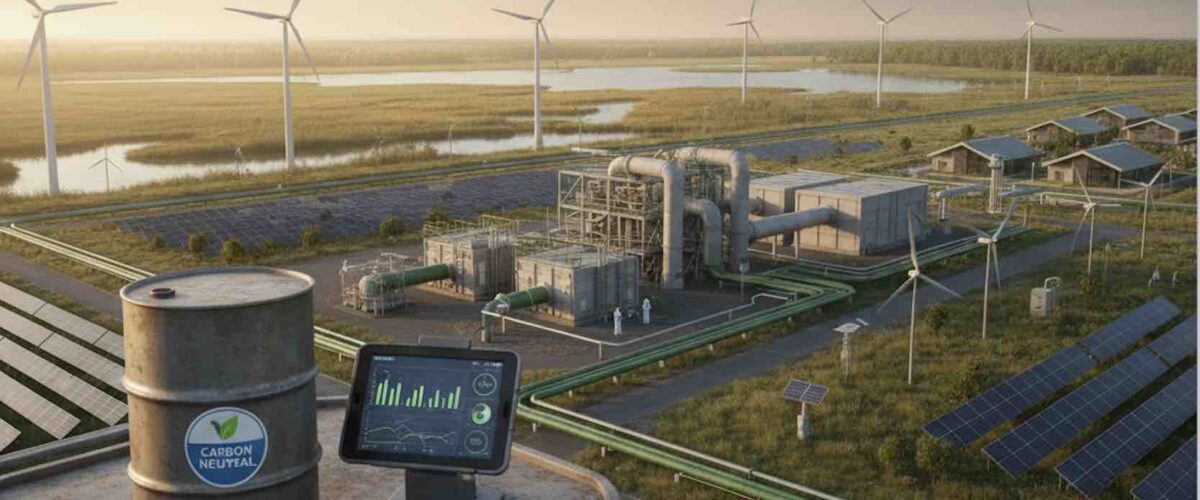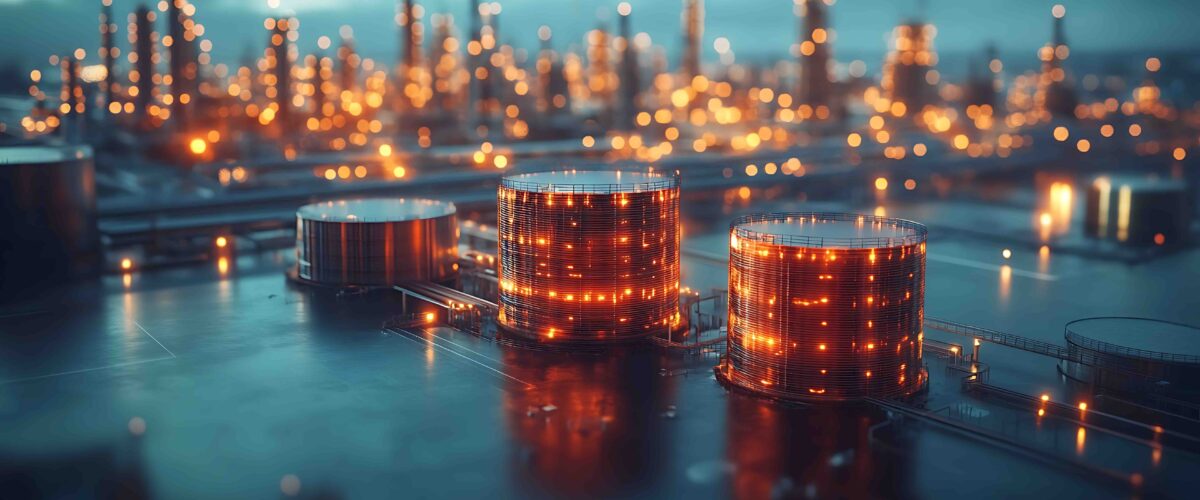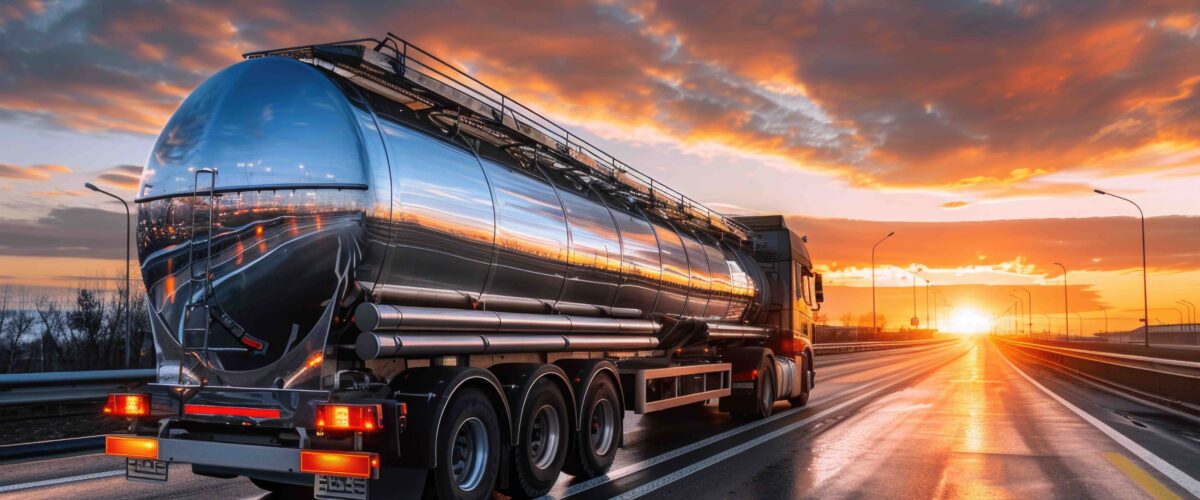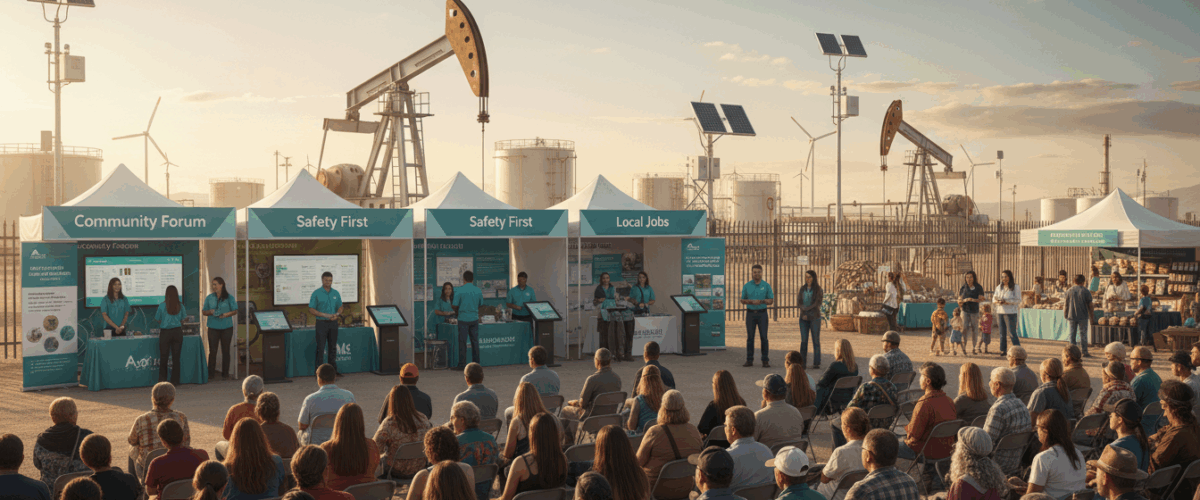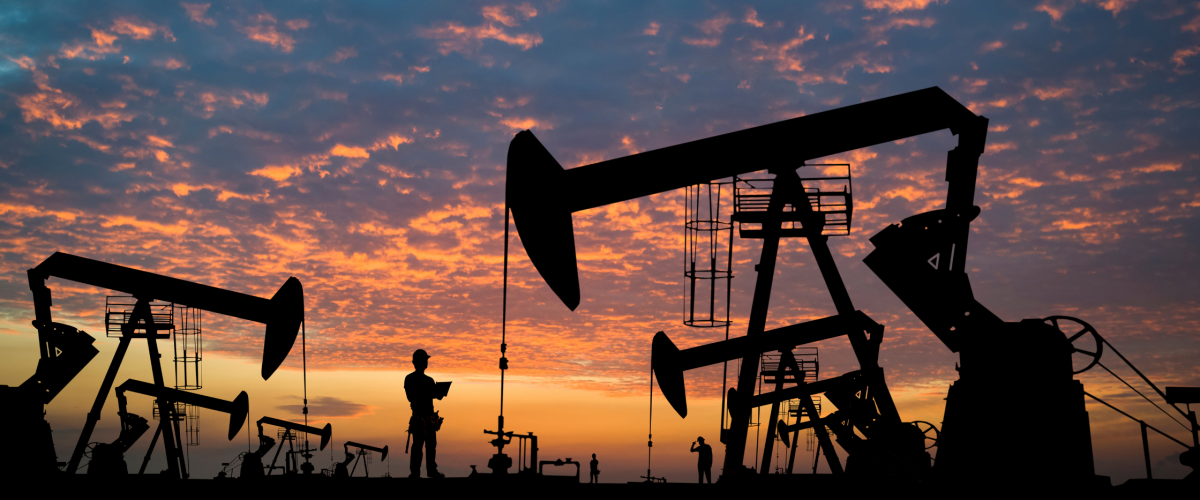The petroleum industry is increasingly turning to advanced technologies to improve efficiency, performance, and environmental sustainability. One of the most promising developments in recent years is the application of nanotechnology. By manipulating materials at the molecular or atomic scale, nanotechnology offers innovative ways to enhance the properties of fuels and lubricants, reduce emissions, and optimize refining processes.
What is Nanotechnology in Petroleum?
Nanotechnology involves engineering materials at the nanometer scale (1–100 nanometers) to create structures with unique physical, chemical, and mechanical properties. In petroleum products, nanoparticles can be incorporated into fuels, lubricants, and additives to improve combustion efficiency, reduce wear and tear, and minimize environmental impact.
Applications of Nanotechnology in Petroleum Products
- Fuel Performance Enhancement
- Improved combustion efficiency: Nanoparticles such as cerium oxide, aluminum oxide, or titanium dioxide act as catalysts, enhancing fuel oxidation and improving energy output.
- Lower emissions: Nanoparticles reduce incomplete combustion, leading to lower emissions of carbon monoxide (CO), hydrocarbons (HC), and particulate matter.
- Stability and storage: Nano-additives can prevent fuel degradation over time, maintaining consistent performance in storage tanks.
- Lubricant Optimization
- Reduced friction and wear: Metal and carbon-based nanoparticles, like graphene and molybdenum disulfide, create a protective layer on engine components, reducing friction and extending equipment life.
- Higher thermal stability: Nano-lubricants resist high temperatures, making them suitable for heavy machinery and high-performance engines.
- Energy efficiency: Reduced mechanical losses translate to lower fuel consumption and greenhouse gas emissions.
- Enhanced Refining Processes
- Catalysis in hydrocracking and desulfurization: Nanocatalysts increase reaction efficiency, allowing refineries to process heavier crude and reduce sulfur content in fuels.
- Waste minimization: Nanomaterials improve reaction selectivity, reducing unwanted by-products and chemical waste.
- Environmental and Sustainability Benefits
- Emission reduction: By improving combustion and lubrication efficiency, nanoparticles contribute to lower CO₂ and pollutant emissions.
- Cleaner production: Nano-catalysts in refining allow for more precise chemical reactions, reducing the environmental footprint of petroleum products.
- Integration with alternative fuels: Nanotechnology can enhance biofuels and synthetic fuels, improving energy density and stability while supporting the transition to low-carbon energy.
Challenges and Considerations
While nanotechnology offers significant benefits, it comes with challenges:
- Cost: Manufacturing and integrating nanoparticles can be expensive, requiring specialized equipment and expertise.
- Health and safety: Some nanoparticles pose health risks if inhaled or released into the environment, necessitating strict safety protocols.
- Regulatory hurdles: Standards for nanoparticle use in fuels and lubricants are still evolving, which can impact commercial adoption.
- Scalability: Moving from laboratory applications to large-scale production remains a technical challenge for many nano-enhanced petroleum products.
The use of nanotechnology in petroleum products is expected to expand as research advances and costs decrease. Key trends include:
- Broader adoption of nano-additives in commercial fuels and lubricants.
- Integration of nanomaterials with renewable fuels and low-carbon energy solutions.
- Development of environmentally friendly nanoparticles that combine performance enhancement with minimal ecological impact.
Nanotechnology represents a transformative approach to improving petroleum products. From boosting fuel efficiency and reducing emissions to optimizing lubrication and refining, nanoparticles are enabling the petroleum industry to achieve higher performance and sustainability standards. As technological development continues, nanotechnology will play an increasingly central role in bridging the gap between traditional petroleum operations and the low-carbon energy future.
Read more on Sparkview Energy:
Digital Twin Technology in Offshore Oil and Gas: Enhancing Safety and Efficiency
Upstream Innovations: How Technology is Enhancing Petroleum Product Yield


